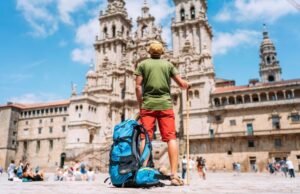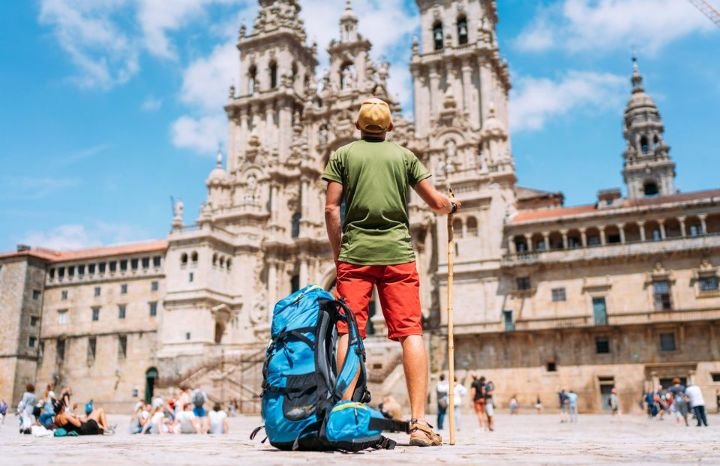Joe vs. The Camino: Finding Peace or Pain on the Pilgrim’s Path?

The Camino de Santiago, or the Way of St. James, is one of the most revered pilgrimage routes in the world, stretching across Europe to the tomb of Saint James in Santiago de Compostela, Spain.
For centuries, it has drawn pilgrims from all corners of the globe, seeking spiritual enlightenment, physical challenge, or a simple escape from the grind of everyday life. But as more and more people embark on this ancient trail, the question arises: Is the Camino still a place of peace and reflection, or has it become a battleground of expectations, frustrations, and tensions?
Joe, a fictional pilgrim and our representative in this journey, set out on the Camino with high hopes of spiritual awakening, physical rejuvenation, and quiet introspection. However, as he made his way along the route, Joe began to notice something unsettling. While many pilgrims were absorbed in their own experiences, a growing number seemed focused on crossing the finish line as quickly as possible or showcasing their journey for social media rather than connecting with the deeper meaning of the Camino.
For Joe, this shift in attitude was jarring. What was once a sacred path
For Joe, this shift in attitude was jarring. What was once a sacred path, walked by monks and seekers, now felt overrun by tourists seeking adventure but not necessarily transformation.
The rising number of pilgrims has indeed brought an undeniable change to the Camino experience. Local communities, once welcoming to the few but steady stream of walkers, now find themselves struggling with the behavior of some newcomers.
In some towns, residents have voiced concerns over pilgrims who leave trash behind, behave disruptively in local cafes, or treat the path as a race to be won rather than a spiritual journey to be respected. The spirit of the Camino, which once emphasized humility, reflection, and quiet camaraderie, now faces a growing challenge in maintaining its sanctity.
Yet, for Joe and many others, there remains a solace amidst the growing noise.
The Camino, despite its modern-day challenges, still offers moments of profound peace. The quiet mornings when the sun rises over the mist-covered hills, the gentle rhythm of walking hour after hour, and the shared moments of connection with other pilgrims who are seeking something deeper—all of these still exist. It’s in these moments, away from the crowds and distractions, that the Camino reveals its true essence.
Moreover, Joe discovers that the discomfort of sharing the route with others, the noise of modern-day life creeping into what was once a solitary experience, is itself a part of the pilgrimage. The Camino teaches patience, tolerance, and the acceptance that the path will not always be what you expect. It’s a reflection of life itself—sometimes beautiful and serene, other times chaotic and overwhelming. In a way, the Camino’s evolution is a mirror to the world we live in, where balance between solitude and community, spirituality and distraction, is constantly shifting.
For Joe, the Camino is still a place to reflect, to walk, and to challenge himself.
But it also serves as a reminder that peace is not something that can be found only on the quietest of paths. Sometimes, it is found in the tension between the ideal and the reality, in the acceptance of both the serenity and the chaos that come with life. Whether one finds peace or pain on the Camino ultimately depends on how they choose to navigate the journey—not just the route, but the internal road to understanding and growth.
In the end, the Camino is not just about reaching Santiago. It’s about the journey itself, and the lessons learned along the way. Peace, Joe discovers, is not a destination—it’s a process.
